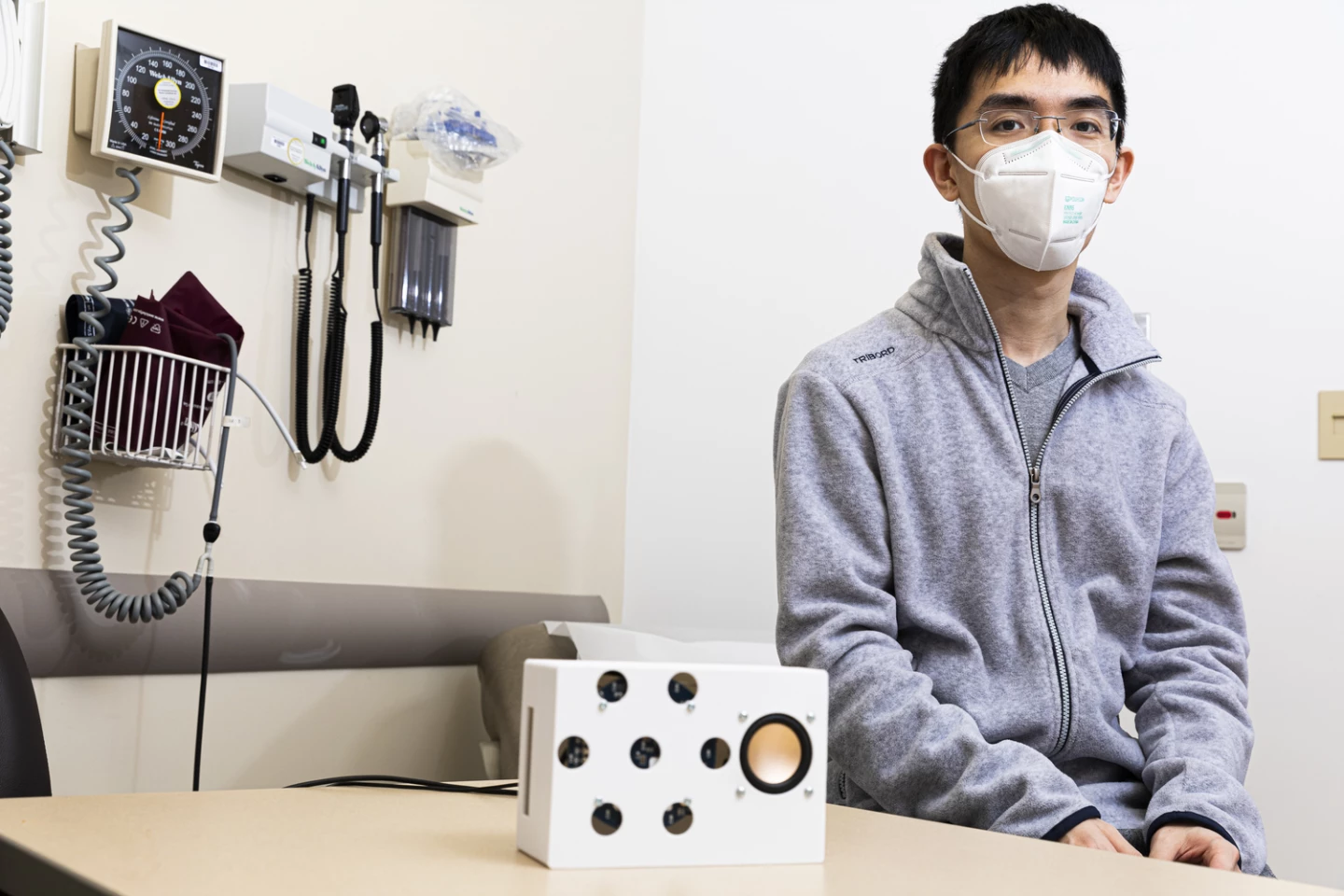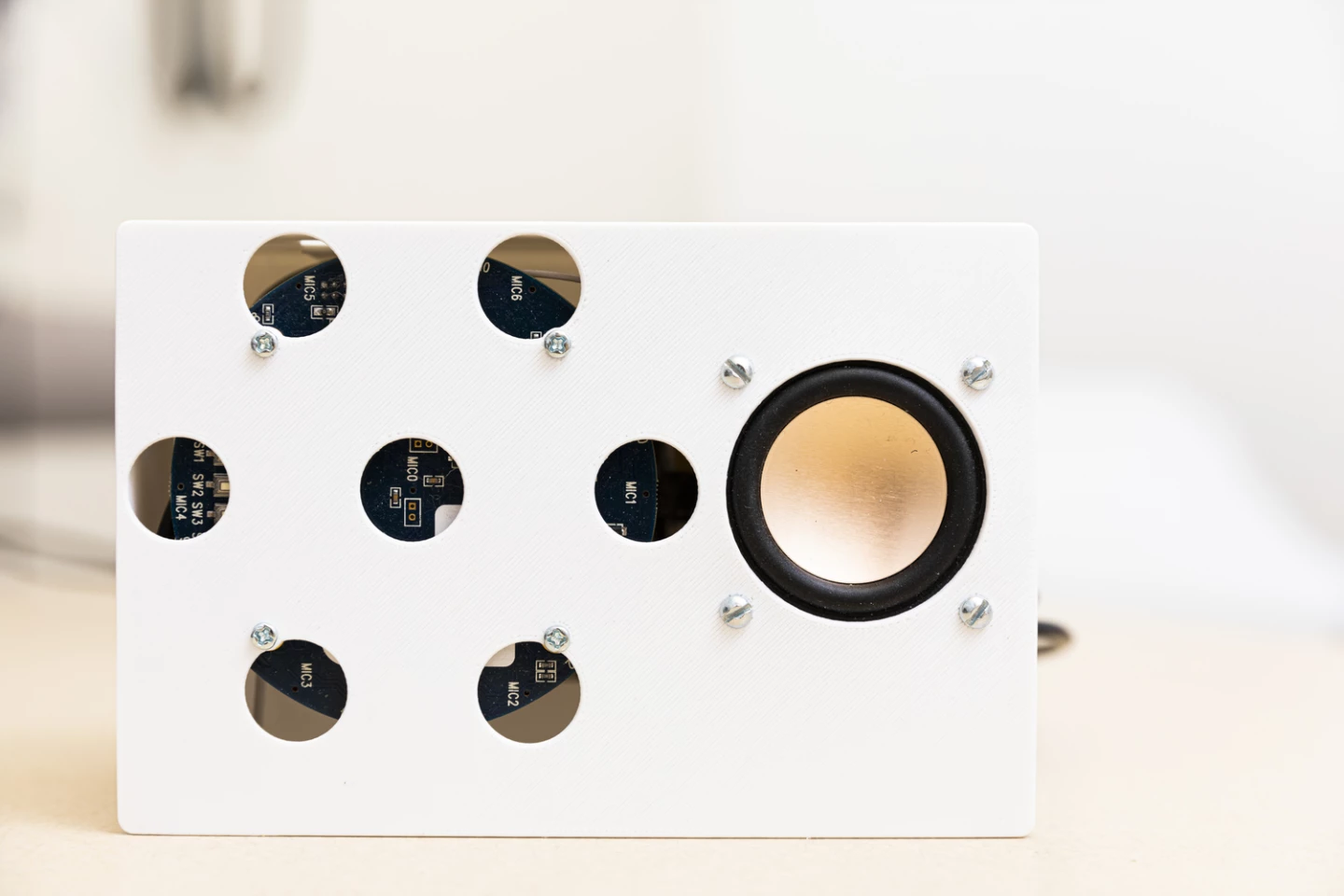Scientists at the University of Washington (UW) have leveraged modern machine learning technology to produce a prototype smart speaker that can monitor a person's heart, without the need for them to physical touch it. The contactless method of tracking regular and irregular heart rhythms shapes as a promising way to detect early signs of cardiac conditions, with the device performing nearly as well as standard monitors in early testing.
As opposed to monitoring an individual's heart rate, the UW team set out to develop a device that could track a user's heart rhythm, which provides doctors with a more reliable indicator that something has gone awry. Where heart rate is simply an average of heartbeats over a certain period of time, the heart rhythm refers to the sequence of individual beats, which may vary as part of an irregular pattern.
“Heart rhythm disorders are actually more common than some other well-known heart conditions," says co-senior author of the study Dr. Arun Sridhar. "Cardiac arrhythmias can cause major morbidities such as strokes, but can be highly unpredictable in occurrence, and thus difficult to diagnose. Availability of a low-cost test that can be performed frequently and at the convenience of home can be a game-changer for certain patients in terms of early diagnosis and management.”

But designing a device to identify a user's individual heartbeats is tricky business. The researchers used what's known as a self-supervised machine learning algorithm, which works a little differently to typical machine learning algorithms that are given a set of labeled training data and improve their methods over time. Instead, this algorithm learns on the fly, in this case by monitoring the different signals coming in from multiple microphones built into a prototype smart speaker.
“This is similar to how Alexa can always find my voice even if I’m playing a video or if there are multiple people talking in the room,” says co-senior author Shyam Gollakota. “When I say, ‘Hey, Alexa,’ the microphones are working together to find me in the room and listen to what I say next. That’s basically what’s happening here but with the heartbeat.”
The speaker sends inaudible sounds out into the room, and the machine learning algorithm then analyzes the sounds that are bounced back to the speaker from a person sitting one to two feet (30 to 60 cm) away. By picking up tiny alterations in these returned sounds, the algorithm can detect not just isolated movements, such as vibrations on the skin caused by a heartbeat, but the amount of time in between two heartbeats, known as the inter-beat interval.

Putting this speaker system to use on a group of 26 healthy participants and 24 patients with different cardiac conditions, the team produced some promising results. It successfully measured almost 12,300 heartbeats among the healthy participants and tracked the inter-beat interval to within 28 milliseconds of the measurements obtained with a standard monitor. When used on the cardiac patients, the speaker measured more than 5,600 heartbeats with the median inter-beat interval measured to within 30 milliseconds of a standard monitor.
In its current form, the speaker is designed to allow for one-off checks in which a concerned patient can sit in front of it and get a reading. But with further development, the team imagines it one day finding use as a non-invasive way of continuously monitoring heart activity, such as while a person is sleeping.
“If you have a device like this, you can monitor a patient on an extended basis and define patterns that are individualized for the patient," says Sridhar. "For example, we can figure out when arrhythmias are happening for each specific patient and then develop corresponding care plans that are tailored for when the patients actually need them. This is the future of cardiology. And the beauty of using these kinds of devices is that they are already in people’s homes.”
The research was published in the journal Communications Biology.
Source: University of Washington






